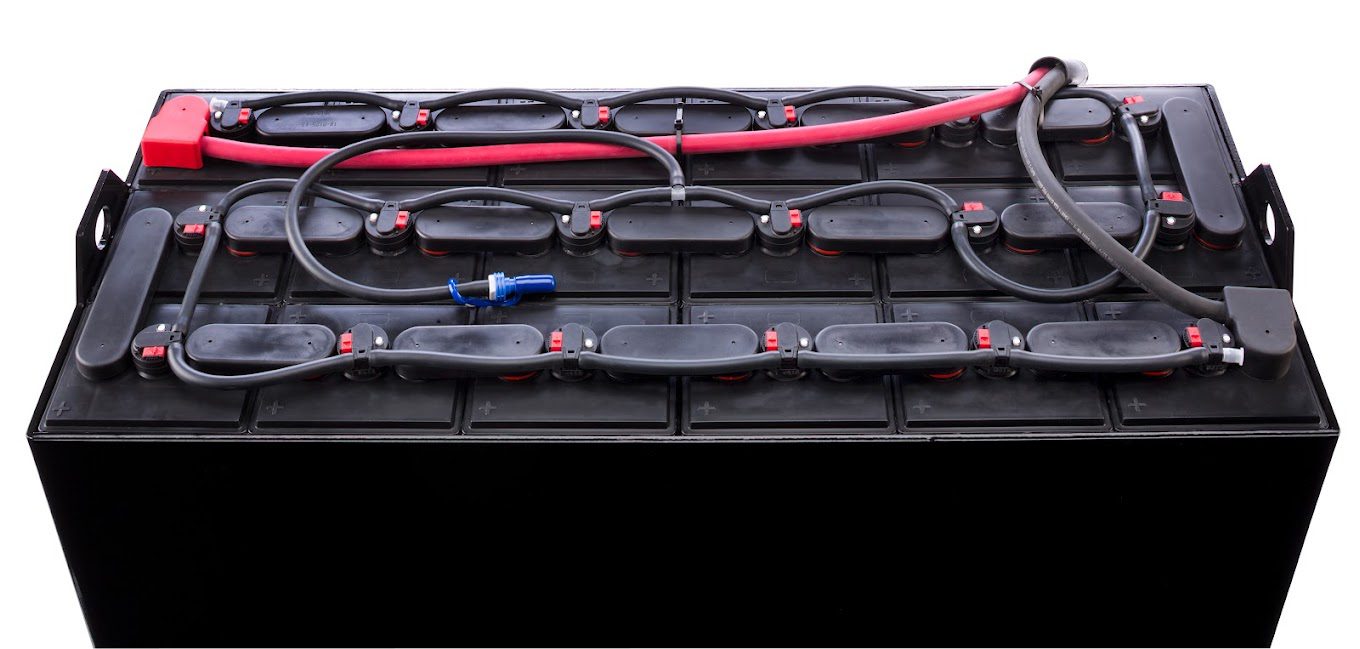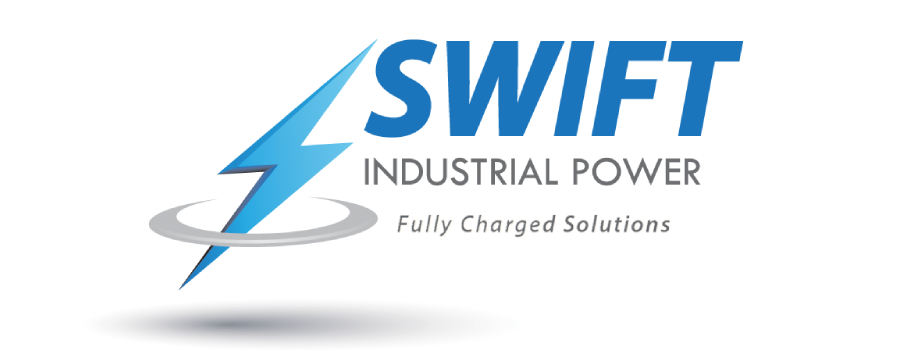How Battery Watering Systems Enhance Workplace Safety and Efficiency
Maintaining the optimal performance of lead-acid forklift batteries is essential for businesses relying on heavy-duty equipment. One of the critical maintenance tasks involves watering the batteries, a process that can be time-consuming and, if done improperly, harmful. Enter battery watering systems—an innovative solution designed to streamline this task while significantly enhancing workplace safety and efficiency. In this blog, we’ll explore how battery watering systems work and the myriad benefits they bring to your operations.
What Are Battery Watering Systems?
Battery watering systems are automated or semi-automated systems designed to simplify the process of maintaining the electrolyte levels in lead-acid batteries. These systems ensure that each cell in the battery receives the right amount of water, preventing both overfilling and underfilling. By doing so, they help maintain the battery’s performance and lifespan while reducing the risk of accidents and injuries in the workplace.
Enhancing Workplace Safety
1. Minimizing Human Error
Manual watering of batteries is prone to human error, which can lead to overfilling or underfilling the cells. Overfilling can cause electrolyte spillage, posing a risk of chemical burns and damage to surrounding equipment. Underfilling, on the other hand, can lead to reduced battery performance and lifespan. Battery watering systems eliminate these risks by precisely controlling the amount of water each cell receives.
2. Reducing Exposure to Harmful Chemicals
Handling battery electrolytes exposes workers to sulfuric acid, a hazardous substance that can cause chemical burns. Battery watering systems reduce the need for direct contact with the electrolyte, thereby minimizing the risk of exposure and enhancing overall workplace safety.
3. Preventing Accidents and Injuries
Manual watering often involves lifting heavy battery covers and maneuvering around forklift batteries, which can lead to physical strain and injuries. Battery watering systems streamline this process, reducing the need for manual handling and thereby decreasing the risk of workplace accidents and injuries.
Boosting Operational Efficiency
1. Streamlined Maintenance Processes
Battery watering systems automate the watering process, significantly reducing the time and effort required for battery maintenance. This allows your team to focus on other critical tasks, boosting overall productivity and efficiency.
2. Extended Battery Lifespan
Properly maintained electrolyte levels are crucial for the longevity of lead-acid batteries. Battery watering systems ensure that the electrolyte levels are consistently maintained, preventing damage caused by overfilling or underfilling. This results in a longer battery lifespan, reducing the frequency of replacements and lowering operational costs.
3. Consistent Performance
By maintaining optimal electrolyte levels, battery watering systems help ensure that your batteries operate at peak performance. This consistency translates to more reliable forklift operations, minimizing downtime and improving overall workflow efficiency.
4. Cost Savings
While the initial investment in a battery watering system may seem significant, the long-term benefits outweigh the costs. Reduced maintenance time, extended battery lifespan, and decreased risk of accidents and injuries contribute to substantial cost savings over time.
Conclusion
Battery watering systems are a game-changer for businesses relying on lead-acid batteries. By enhancing workplace safety through the reduction of chemical exposure and minimizing human error, and by boosting operational efficiency with streamlined maintenance processes and extended battery lifespans, these systems offer a compelling value proposition. Investing in a battery watering system is a strategic move that can lead to safer, more efficient, and cost-effective operations.

